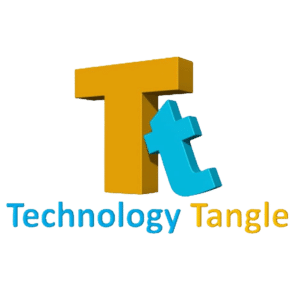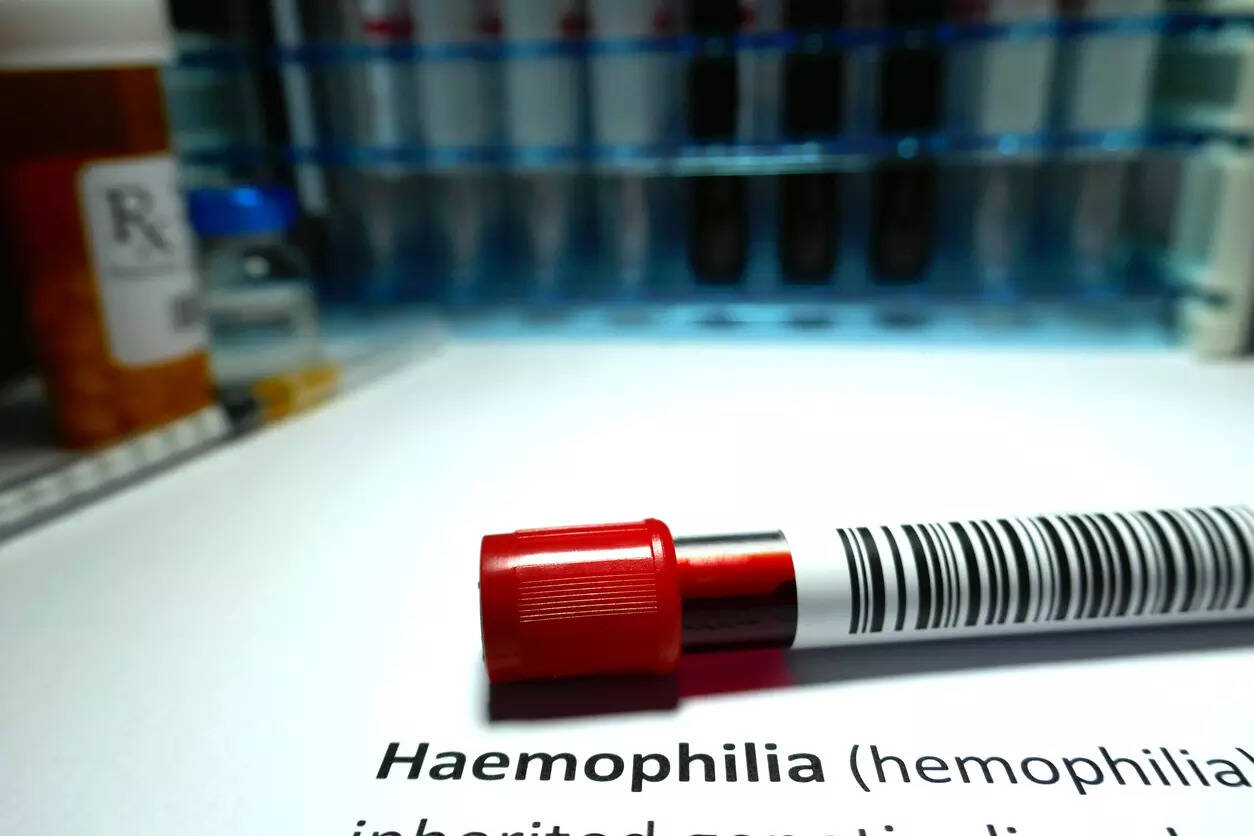
Amyotrophic lateral sclerosis (ALS) and other neurologic diseases could be diagnosed via traditional imaging using a new approach developed at St. Jude that allows imaging to detect oxidative stress. The technique repurposes the drug edaravone, an antioxidant used to treat ALS, as an imaging probe.
“The goal in imaging is to promote contrast, so we want something that engages with its target rapidly but then also rapidly clears so you can see your target right away,” explained corresponding author Kiel Neumann, PhD, St. Jude Department of Radiology. “What was unique about this drug is that when it reacts with oxidative stress, it undergoes a massive structural and polarity change which keeps it in the cell and promotes contrast.”
The findings were published in Nature Biomedical Engineering. The team was from St. Jude Children’s Research Hospital.
Positron emission tomography (PET) is mainly used to diagnose conditions such as cancer or to examine organs. Neurodegenerative conditions, such as ALS and Alzheimer’s disease, are largely diagnosed by physical symptoms that usually arise when treatment is too late to be effective.
Aiming to enhance PET’s ability to check for signs of neurological disease, the researchers repurposed edaravone as a probe to be used with central nervous system PET imaging. They found they were able to detect oxidative stress, which leads to brain damage, offering a clear path to detecting neurological conditions
Reactive oxygen and nitrogen species (RONS) are a group of chemically reactive molecules that play important roles in cell signaling and growth. However, accumulation of RONS can cause oxidative stress, leading to tissue injury and dysfunction. Oxidative stress is associated with diseases and conditions affecting the brain and other parts of the central nervous system, resulting in neurodegeneration.
Oxidative stress is a factor in many neurological diseases, such as stroke. In such cases, the harm does not just come from the initial injury.
“It’s the subsequent secondary injury, which usually comes from the immune response, which causes the most neurological damage,” explained Neumann. “Part of that immune response is a burst of reactive oxygen and nitrogen species, sometimes called an oxidative burst.”
The reactive chemicals released under oxidative bursts include hydroxyl and peroxyl radicals, short-lived chemicals that, in large amounts, can act as a detonator for a cascade of oxidative damage. As an antioxidant, edaravone naturally interacts with RONS, leading Neumann to hypothesize that the drug could be repurposed to enhance imaging efforts.
His team radiolabeled edaravone, replacing atoms in the molecule with radioactive isotopes to allow them to track the movement and breakdown of the drug. When administered, the radiolabeled drug releases subatomic particles called positrons in amounts unnoticeable by all but a PET scan, which illuminates the area where the drug accumulates: alongside the build-up of RONS.
Edaravone’s ability to bind RONS in tiny doses means it is perfectly suited for PET imaging while it can still be used as an antioxidant treatment at standard doses. “Our diagnostic tests are on the order of nanograms to micrograms of material, so the body doesn’t even know it’s there,” Neumann said.
“Ultimately, our goal is to use this to impact clinical care. Therapeutic intervention using this technology for clinical disease management is the future.”








![Best Weight Loss Supplements [2022-23] New Reports!](https://technologytangle.com/wp-content/uploads/2022/12/p1-1170962-1670840878.png)




